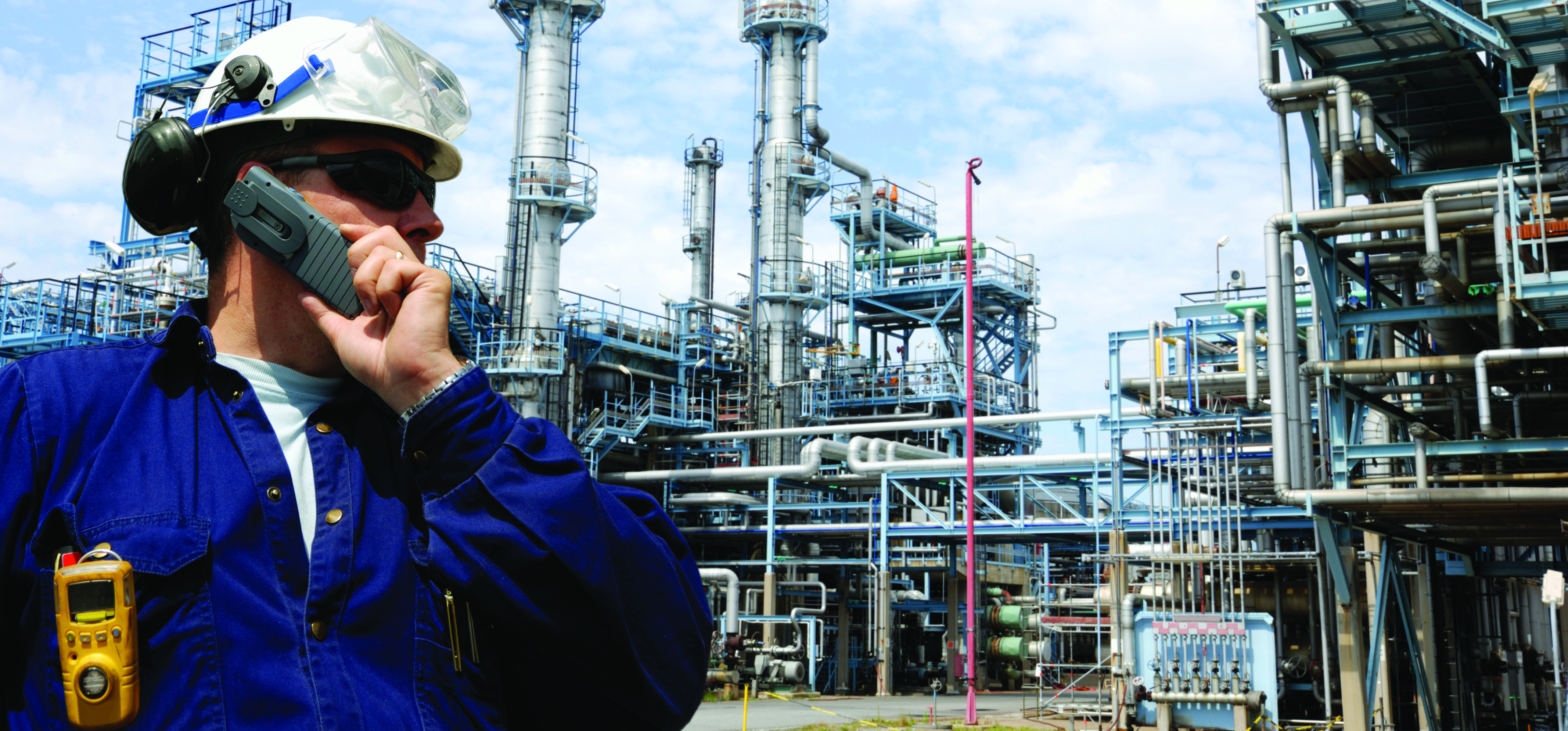How Oil & Gas Companies Are Reducing Upstream Physical Infrastructure Costs Across the Globe
Credit to Author: Jean-Yves Bodin| Date: Thu, 14 Nov 2019 13:00:33 +0000
Emerging technologies are fueling the pace of transformation within oil and gas upstream operations. As stakeholders reevaluate their cost and expense models in a volatile oil price environment, those who learn to master the nuances of the new relationship between data, technology, analysis, cost savings and profitability will be the winners. The new technologies will need to be directly linked to internal oil and gas process dynamics in order to achieve profit-driven optimization of operations.
Within upstream environments, both floating production storage and offloading (FPSO) and Floating liquefied natural gas (FLNG) assets serve as examples of how optimization of power systems is helping to dramatically cut costs while saving valuable footprint space. Below is a synopsis of some recent use cases illustrating how these new approaches and technologies are being deployed:
- East Africa: Optimizing the design of the electrical distribution system – In an effort to further develop recently discovered undersea natural gas fields, a global integrated gas and LNG player enlisted an Engineering, Procurement and Construction (EPC) firm specializing in offshore platform technologies. As the EPC firm issued bids to subcontractors, Schneider Electric responded with a unique approach for implementation of electrical distribution and a new power architecture. A proposal for a full electrical distribution package (included LV, MV systems) was issued that focused not only on reliability and safety, but which also included footprint optimization, and reduced weight.
Schneider Electric power system consulting experts optimized the on-board power distribution process by reducing the volume of switchgear and MV equipment needed, while still minimizing downtime risk by using advanced sizing methods. They also managed all of the power-related process change orders and modifications that occurred during the design phase to secure the project planning. The new approach resulted in a 20% reduction in cost surrounding power generation, electrical distribution and cabling equipment over the asset lifetime.
- Brazil: Expediting solution delivery by 6 to 12 months – In this case, a publicly held Brazilian company specializing in the oil, natural gas and energy development found itself in desperate need for rapid delivery of an end-to-end electrical distribution and power solution. As part of the massive project to extract natural gas from the largest offshore sedimentary basin in Brazil, the company needed up-to-date technology to power its floating production storage and offloading (FPSO) facility.
A two-page specification was issued (rather than a traditional 80-100-page specification) which provided Schneider Electric with the latitude to quickly configure a robust yet footprint-efficient solution. The key to executing against the aggressive delivery timelines was to quickly capitalize and modularize the solution and, in some cases, and to use data modeling to determine where reuse of MV and LV relays was possible. Schneider Electric packaged a pre-built solution that could be delivered in a much shorter timeframe than conventional solutions. As a result, the solution was delivered in 12 months as opposed to the traditional time period of 18 to 24 months.
- West Africa: Power subsystem integration and robust energy management ensures reliability and safety – A global oil and gas conglomerate active in over 130 countries required a state of the art FPSO in order to start up production of off shore fields near Nigeria. The FPSO, weighing close to 220,000 tons and measuring 330 meters (1,083 feet) by 60 meters (197 feet), is connected to 44 subsea wells and is located in 1600 meters (5,250 feet) of water depth. Designed to handle 200,000 barrels of oil and 160 million cubic feet of natural gas per day, the FPSO can hold up to 2.3 million barrels of oil.
In order to assure the reliability and safety of electrical operations, Schneider Electric was asked to produce a detailed electrical subsystem design and to supply on-board medium voltage switchgear, digital protection relays, and a full Energy Management Control System (EMCS) to the FPSO. The EMCS provides fast load shedding, load sharing, and generator management and helps to minimize energy consumption while maximizing system uptime. Other key benefits of the power system design include enhanced safety, security, and reliability.
To learn more about how Schneider Electric digitized power distribution solutions can help to enable oil and gas industry modernization and expansion, visit our EcoStruxure for Oil & Gas web page. Or discover how we can help you leverage IIoT advancement to break traditional barriers between power and process control systems on our EcoStruxure Power and Process web page.
for Oil & Gas web page. Or discover how we can help you leverage IIoT advancement to break traditional barriers between power and process control systems on our EcoStruxure Power and Process web page.
The post How Oil & Gas Companies Are Reducing Upstream Physical Infrastructure Costs Across the Globe appeared first on Schneider Electric Blog.